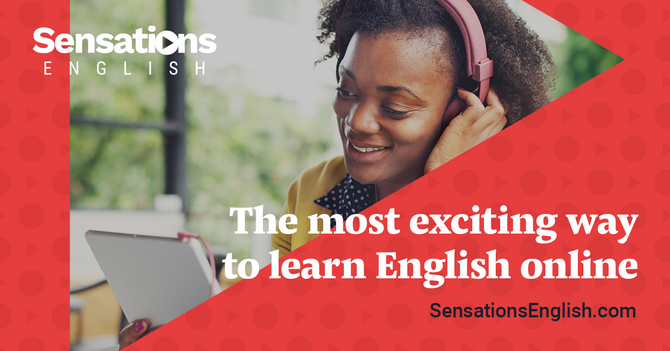What is Sensations English?
Sensations English for effective learning
Learning English for work or pleasure? Studying for IELTS or TOEIC exams?
Learning English should be an enjoyable process, stimulated by interesting content.
CLASS strongly recommends Sensations English, a news-based online language service, providing authentic, up-to-date news videos and articles.
All are accessible to learners at 5 different levels (from beginner to advanced) and scaffold understanding and learner development and enable teachers to differentiate content effortlessly.
Working with a range of experts in English language teaching, they have produced a unique, versatile, and high-quality language learning solution. This combines a communicative focus with accessible higher order thinking and international real-world contexts. They recognise learners as multi-competent speakers and multicultural citizens.
Motivational learning
👍 Real-world topics ignite curiosity and inspire learners to share thoughts and ideas and to learn more.
👍 Lessons widen cultural awareness which stimulates learners to think critically and creatively.
👍 Gamification support-mechanisms extend learning and increase involvement, and the bite-sized activities are all derived from real-world content.
Contextualised learning
👍 Vocabulary and grammar situated in real-life contexts helps learners to build their own understanding of language, improving learning outcomes.
👍 Using news-based resources is more immersive than traditional approaches and enables the learning to be faster and deeper.
👍 Rich contextualisation makes vocabulary and grammar more memorable for learners.
Multisensory learning
👍 Videos and images are powerful creators of meaning and memory and help reduce cognitive load.
👍 High exposure to spoken language helps learners to develop their auditory processing and phonological awareness, leading to faster recognition of both speech and printed text.
👍 Interview clips of people speaking help learners to understand a variety of accents and speech rhythms as well as peoples use of gesture and facial expressions.


